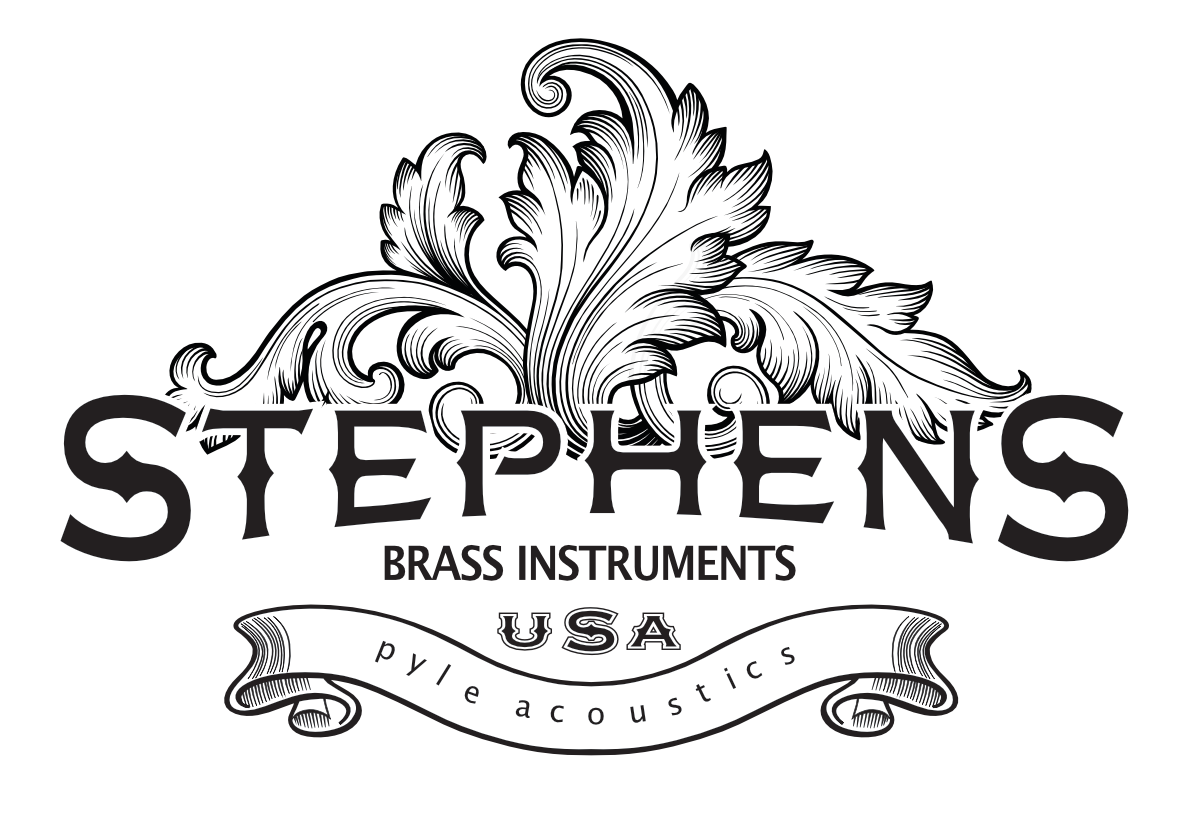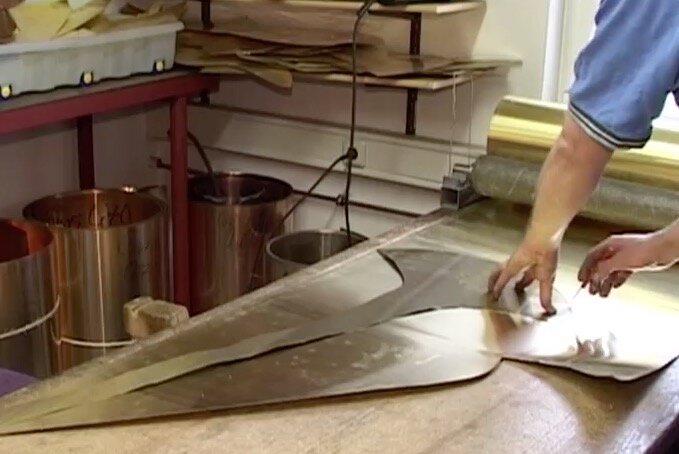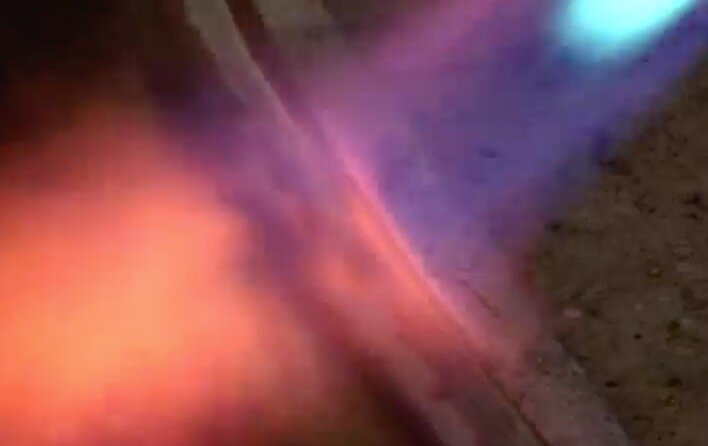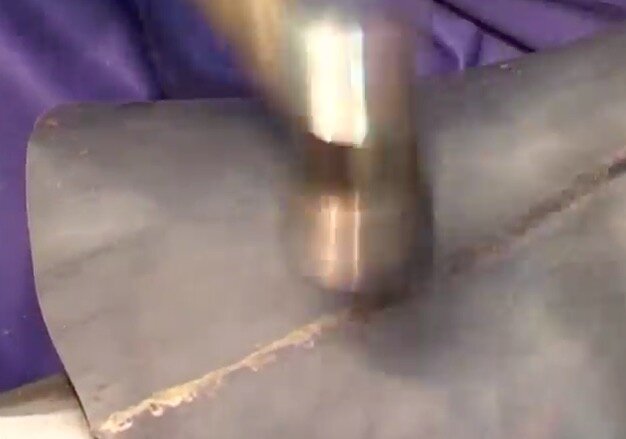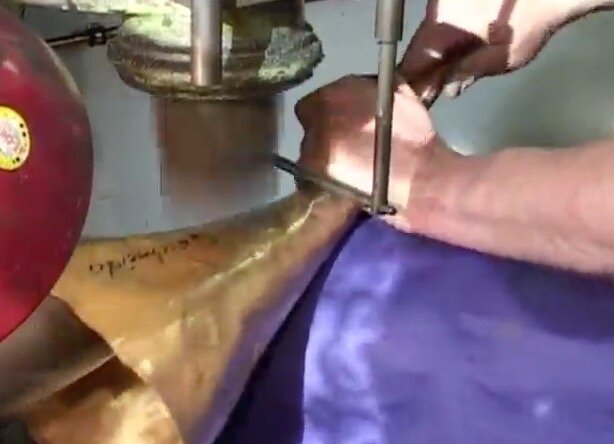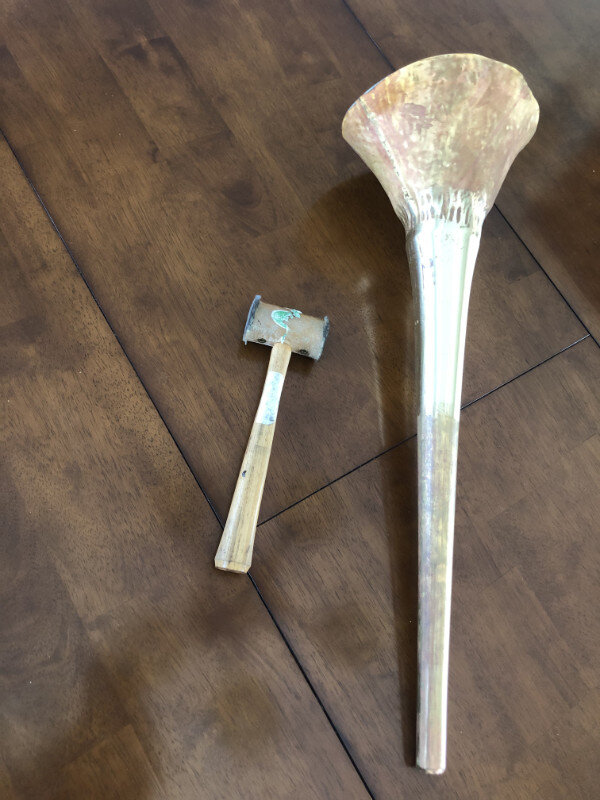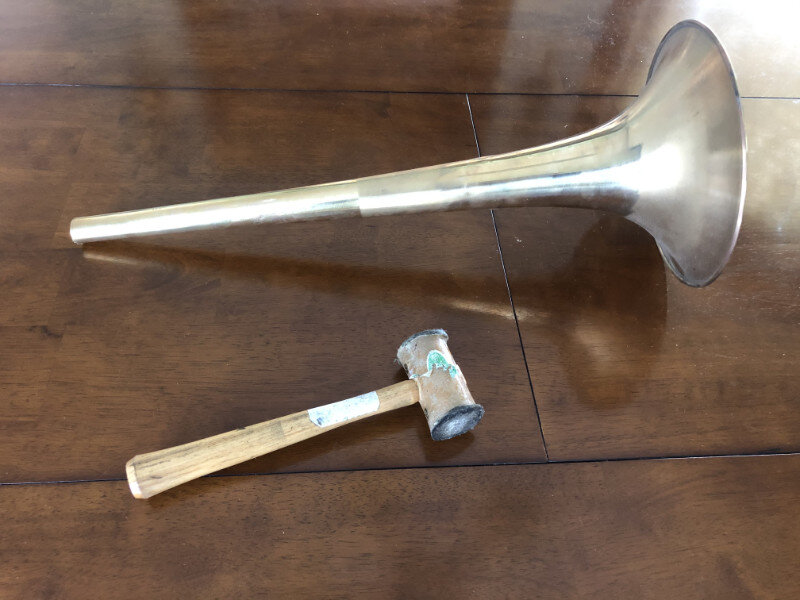Hammered
Q: I heard that hand-hammered, one-piece bells are the best. What kind of bells are used on Stephens horns?
A: On Stephens Horns, we offer both one-piece, hand-hammered bells and two-piece “spun” bells. While there is additional labor in crafting one piece, hand-hammered bells, there is no consensus that they are “the best” for all players or situations. There are great players that choose both styles of bells, regardless of the style of music (orchestral, chamber or commercial) – it is simply a matter of personal preference.
The way the metal is distributed on the bell (varying thickness at different points) has a huge effect on a horn’s response and sound characteristics - just as a master violin maker graduates the thickness of a violin top to optimize resonance. Because of the way they’re made, one-piece bells have a much different metal distribution than two-piece bells. We’ll explore how those differences affect the sound and response of the bell, but first, it’s important to understand how a sheet of brass is formed into the conical shape we call the bell, and how that forming can give each type of bell its playing characteristics.
Some terms you should know:
One-piece bell: Bell is formed into a cone from a single piece of brass, folded and joined with a seam along the length of the bell.
Two-piece bell: Bell is formed in two parts – the flare and the stem, and those pieces are brazed together.
Hand-Hammered: The cone of a one-piece bell is repeatedly hammered with a mallet around a form to create the flare shape.
Spun/spinning: In a two-piece bell, the flare is created by taking a large brass disc, attaching it to a form (mandrel) on a lathe, and while it’s spinning, applying pressure with a tool against the brass disc to stretch and form the bell to the correct shape of the flare. A one-piece bell’s shape is finished by spinning on a lathe after being mostly formed by hammering.
Brazing: Similar to welding or soldering. Two pieces of brass are joined together under high heat using molten brass brazing wire (like high temperature solder).
Bead: The rolled rim of the bell. Usually, the rim is rolled over a metal wire (known as a bead wire). It provides structural stability as well as affecting the playing qualities of the bell.
Annealing: Heating the brass until it’s red hot and letting it cool to soften brass to make it easier to shape.
Flare: The widest part of the bell.
Stem: The curved section of a horn bell that tapers from about 17mm to about 70mm where the flare begins.
Seam: The “line” where two pieces of brass sheet are joined by brazing. It can be along the entire length of the bell in a one-piece bell, or where the flare is joined to the stem in a two-piece bell.
Which popular horns have one-piece hammered bells and which ones are two-piece bells?
Two Piece Spun Bells:
Some Geyer Hons
Conn 8D Horns
Most Rauch Horns
Modern Alexander Horns
Paxman Horns
One-piece, hand-hammered
Most Geyer Horns
Older Alexander Horns
Old Schmidt Horns
Construction of a one-piece hammered bell
(photos from a video courtesy of master bell makers Sandner. See the full video: https://schallstueck.de/english/video-produktion.php) (Some are Steve’s trombone bells in progress)
(Left) Here, the Sandner Company is shaping a bell from a single piece of brass with a seam down the side - the traditional way a one-piece bell is made. The pattern is cut from a sheet of brass, folded in half, and brazed together to form the bell shape.
(L) The seam is then overlapped with tabs to keep the joint intact and then (R) brazed to form a cone.
(L)The seam is rolled or hammered flat so that it is approximately the same thickness as the surrounding sheet brass and (R) the bell is hammered into a cone-like shape.
This initial cone shape needs extensive forming with a mallet to achieve the final flare shape of the bell. Most horn bells are around 12” in diameter, but the initial cone is only about 8” in diameter. A pizza, for example, starts out as a dough ball that is initially formed into a disc that is then stretched into the final shape of the pizza. The hammering stretches the brass cone by about 50% to get close to the final bell diameter of 12”!
Trombone bell before hammering and spinning
After
As brass is stretched, hammered and bent in this process, however, it hardens. This is why the bell is annealed (heat treated) several times during the process. If the bell isn’t annealed, it will become too hard and eventually crack, much like how a paperclip eventually breaks if you continually bend it back and forth. Annealing the brass during the forming process relieves the stress in the metal, making it softer and increasing the grain size, allowing the craftsman to continue the process of working the metal. After bells are formed into the flare shape both two-piece bells and modern one-piece hand-hammered bells are annealed to a very soft state before they are spun to the final shape using a spinning mandrel and lathe.
Annealing a bell to soften the brass
A bell mandrel mounted on a lathe
There is a common misconception that hand-hammered bells end up much harder than spun bells but both types of bells are annealed to be very soft before the final spinning. Granted, annealing a bell does not erase all traces of what the bell has gone through during the manufacturing process, so all of the extra hammering, forming the seam, and rolling the seam does leave its signature on the structure of the metal, though perhaps not as drastically as some believe.
Metal distribution of a one-piece bell is entirely different than that of a two-piece bell. When a craftsman hammers or rolls the seam flat, it is never exactly the same thickness as the surrounding metal. When the bell is initially formed into a cone shape, the side of the bell opposite the seam tends to thin out. Then, when the bell is formed into a flare shape, the brass around the circumference of the bell becomes thinner, as the brass from a cone that may only be 8” in diameter is stretched to the 13” in diameter required for the flare shape. As a result, the brass is significantly thinner around the bead/circumference of the bell than it is higher in the throat of the bell. The brass is generally not uniform in thickness around the circumference and seam as well. A one-piece horn can often be about .020” (.5mm) in the throat and stem of the bell, and less than .010” (.25mm) near the flare.
In contrast, the flare on a two-piece bell begins as a flat disc of sheet brass. The flare is later brazed onto the stem of the bell, which is formed the same way as a one-piece bell, without the extreme taper needed to form the flare. Traditionally, that flat disc is spun into a flare shape. A 12” horn bell flare starts as a 13” disc of brass and then is stretched though the spinning process into the flare shape. Metal along the steeper part of the curve is stretched farther than the metal near the circumference of the bell. This means the brass in the throat of the bell is thinner than the brass near the rim. In general, the distribution of metal in a traditionally-spun bell is exactly the opposite of a one-piece bell. An old Elkhart Conn 88H trombone may be less than .010” (.25mm) thick in the throat just below the round seam where the flare and stem are joined, but may be .020” (.5mm) or more near the rim. To counter this, some manufacturers have worked to make their two-piece bell flares more consistent in thickness. To do this, they pre-form the flare before the final spinning process by deep drawing the brass, hydroforming it, or first spinning the brass into a cone. This leaves the brass thickness very uniform.
So what does this all mean? How to choose?
Attributing the playing characteristics of a bell just based on the general one piece vs. two-piece manufacturing styles can be misleading. Changing the alloy of a bell by 2-5% of its copper content makes a huge difference in sound and response. Changing the thickness of a bell by .002” (.05 mm) is equally consequential - yet I have played really great bells with a great ringing sound and really dead sounding bells of virtually identical alloy, shape and thickness in both one-piece and two-piece styles.
Response
It’s difficult to attribute exact response characteristics to different bell types, as different players will describe different attributes to different bells. I’ll do my best to describe what players may feel as they play different bells, and how the way the bell is made may affect the response.
The thinner material near the bead of a one-piece bell can add to a lightness of response. The bell can feel quicker to respond and have a clearer articulation.
A two-piece bell is thicker around the bead. Although this may add to a somewhat slower transient response and articulation, the response can feel more even, as the added mass around the bead can add stability. The articulation may feel slower to some, but more even and solid to others.
Sound
Describing characteristic sounds to one piece hand hammered bells and spun bells is even harder than defining their response. Some find one piece bells to sound somewhat dark, with a large core, and clear articulation. Two piece bells can be characterized as having a broad sound, with a more covered articulation.
Here’s the quick-answer version (your mileage may vary)
The bottom line…
It is important when choosing a bell or instrument to play not to decide based on labels like “hand-hammered” or “spun”, or to worry about how it was annealed. You need to play the instrument in a variety of acoustics, in the playing situations you find yourself in, and decide what feels best to you. If you can, have teachers, friends, and colleagues whose opinions you trust listen and give you feedback.
This is only a brief overview of the bell-making process. Please feel free to post any questions in the comments, and, of course, please contact us if you’d like to try different Stephens horn bells yourself!
See also:
James Boldin’s take on the subject…
